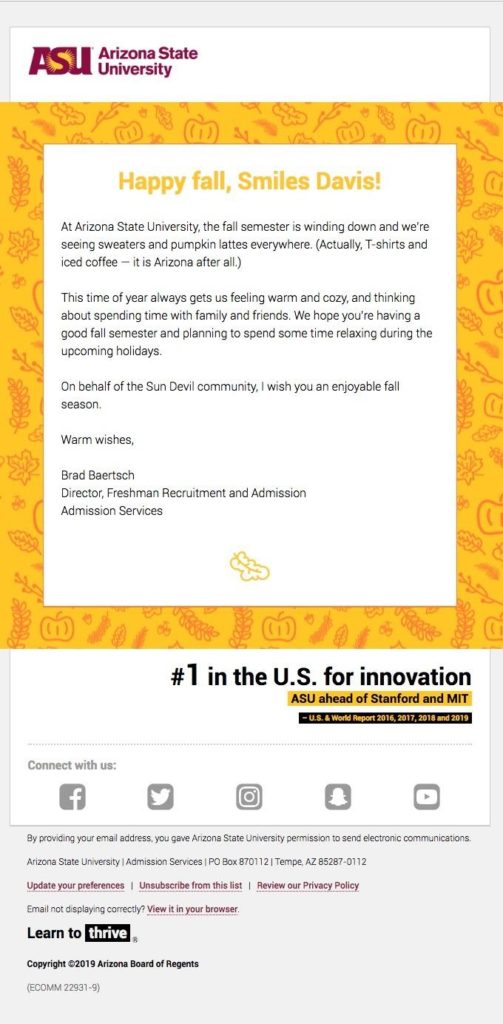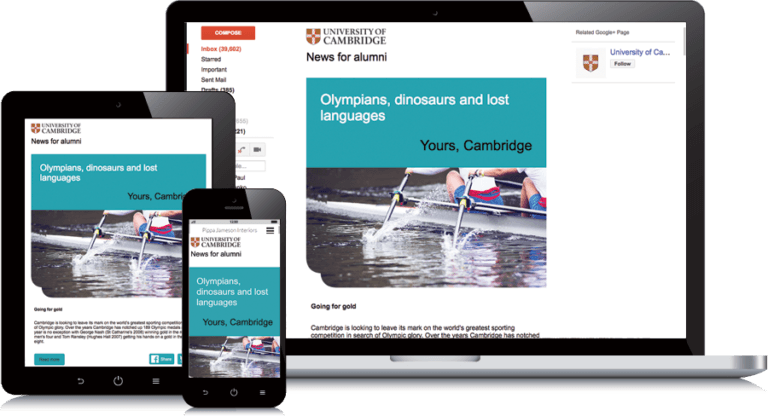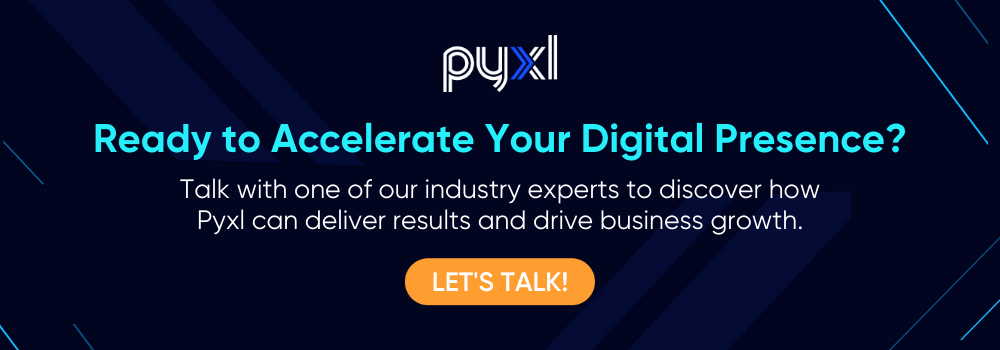Today’s prospective college and university students are digitally plugged-in, and many are glued to their smartphones. This presents a great opportunity for higher education admissions professionals – why not design your marketing and recruitment efforts to reach prospective students where they already are?
A staggering 99% of email users check their email everyday. While your prospective students are all over their email, they’re also wading through a huge number of emails – from other colleges and universities, their favorite stores, etc. So, once you start an email marketing program, the real challenge is standing out enough and getting these students to open and read your emails. In addition to the usual suspects – a compelling subject line and an interesting email message – we have 6 other ideas you can put into use to boost your college or university’s email marketing efforts.
1. Personalization
This is one of the easiest things you can do. Instead of using a generic “from” name, such as “Admin” or “Admissions” and a generic email address like “[email protected],” “[email protected]” or even “[email protected],” personalize both. Generic names and email addresses tend to look more spammy and will probably detract from your open rate. So, for example, if your admissions director’s name is Rachel Jones, make that the “from” name and [email protected] the “from” email address.
Similarly, personalize your greeting. Emails with personalized subject lines get a 26% boost in open rates. Instead of “Hi there,” set up your email marketing software to pull in each contact’s first name. It just looks better. Emojis are also an addition that appeals to the Gen Z audience to relieve any stress associated with applying to schools.

2. List Segmentation
In order to be successful with email marketing, it’s important not to send every contact the same email with the same content. When thinking about your prospective students, you’re targeting a wide range of people with different interests, who are at different stages of the decision-making process. With list segmentation, there are many different things you can do, but here are a couple ideas:
Segment by Interest
Prospective students will be interested in a variety of different programs and schools or colleges within your university (College of Arts and Sciences, for example). Group students with similar interests together in different lists – you could have a list of those interested in your theater department, another list of students who are interested in majoring in psychology, etc.
Segment by Age
You might have prospective students in your database ranging from first-year high school students to high school seniors (not to mention all of your current students) and definitely won’t want to send them all the same content. If you’re emailing first-year high school students at all, the content you’re sending should be very introductory. High school juniors should receive content related to the application and financial aid process, while high school seniors will receive content to help them make college decisions.
3. Different Email Types
There are many different emails you can send your prospective students, including weekly blog digests, monthly newsletters, tips, etc. Consider creating an email subscription form that will allow your future students to select the type(s) of emails they’d like to receive. Once they fill out the form, you can create lists of recipients for each type of email. Then, if someone’s only interested in your weekly blog digest, you can ensure that’s all they get.
4. A/B Testing
Testing is essential and can allow you to see which variables perform best. With a marketing automation platform like HubSpot, you can A/B test things like subject line, email content, “from” name and email address, HTML vs. plain text, among many other things. In each test that you set up, ensure you’re only testing one of these variables so you can draw accurate conclusions. Once you’ve run a test, let’s say the subject line “A” vs. subject line “B,” analyze your data and use it when creating future email subject lines – what worked and what didn’t in the past?
5. Mobile Optimized
Mobile-friendly emails are a must. It should go without saying, but your emails need to be optimized for mobile viewing. Students are increasingly reading their emails on their smartphones – 61.6% of Americans say they mostly check email on their smartphones. If your emails aren’t mobile-friendly, they’ll be discounted. Your prospective students are looking for quick, easy reading that’s pleasing to the eye.

6. Automated Workflows
While sending blog digests and monthly newsletters allows for consistent touchpoints with your prospective students, using automated workflows can help you better engage with them over a set period through a set of targeted emails. Not to mention, it’ll save your admissions team quite a bit of time.
With automated workflows, you can stay in contact with your prospective students throughout their “student’s journey” during the admissions process. Ideally, you can use this time to provide them with helpful information throughout the process that will eventually encourage them to apply. Consider sending helpful articles, links to your admissions checklist and financial aid guide, as well as other resources every other week or so. Remember, though, if you have a workflow set up. Still, you’re also making also sending a weekly blog digest or monthly newsletter. Make sure your workflow emails are adequately spaced out – you don’t want to risk overwhelming your prospective students!
Partner with Pyxl
Email marketing can be a powerful, helpful tool when trying to reach your prospective students. Take these six ideas into consideration before creating your next email marketing campaign to ensure you’re creating content that your audience will – and wants to – read. Contact us today!
Updated: Apr 25, 2023
 Bonnie Winter
Bonnie Winter
 Kati Terzinski
Kati Terzinski Erin Murray
Erin Murray